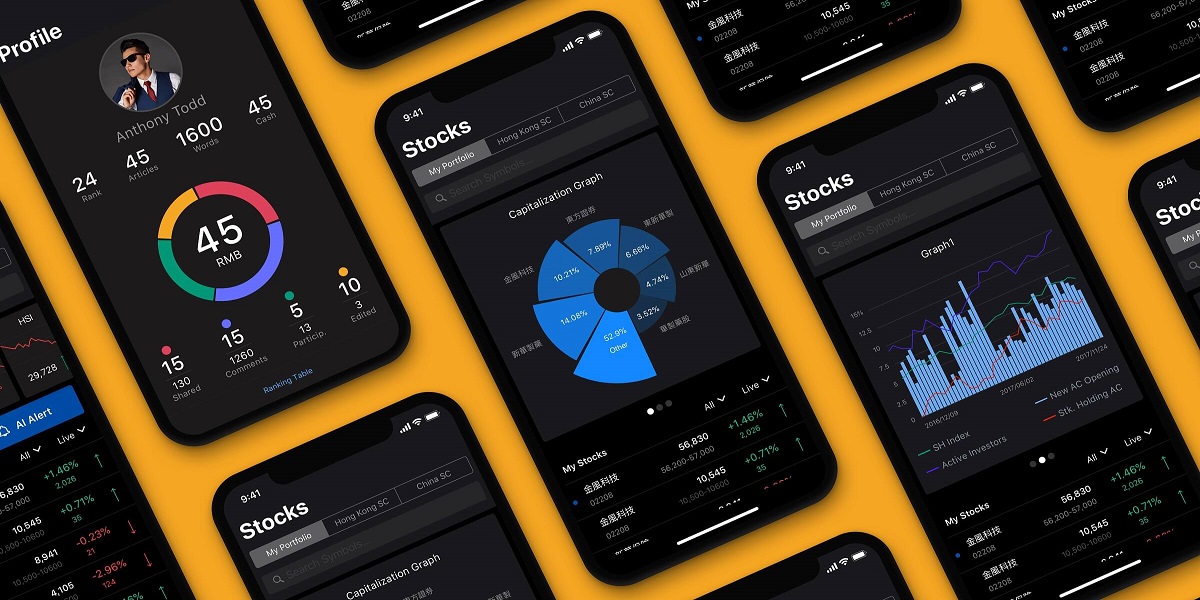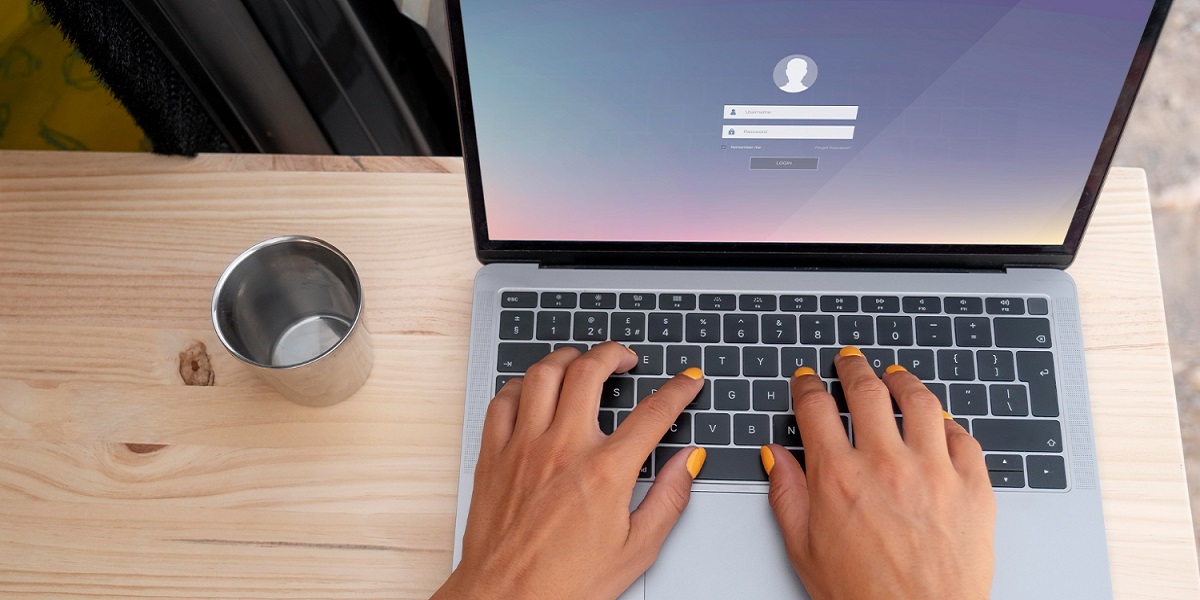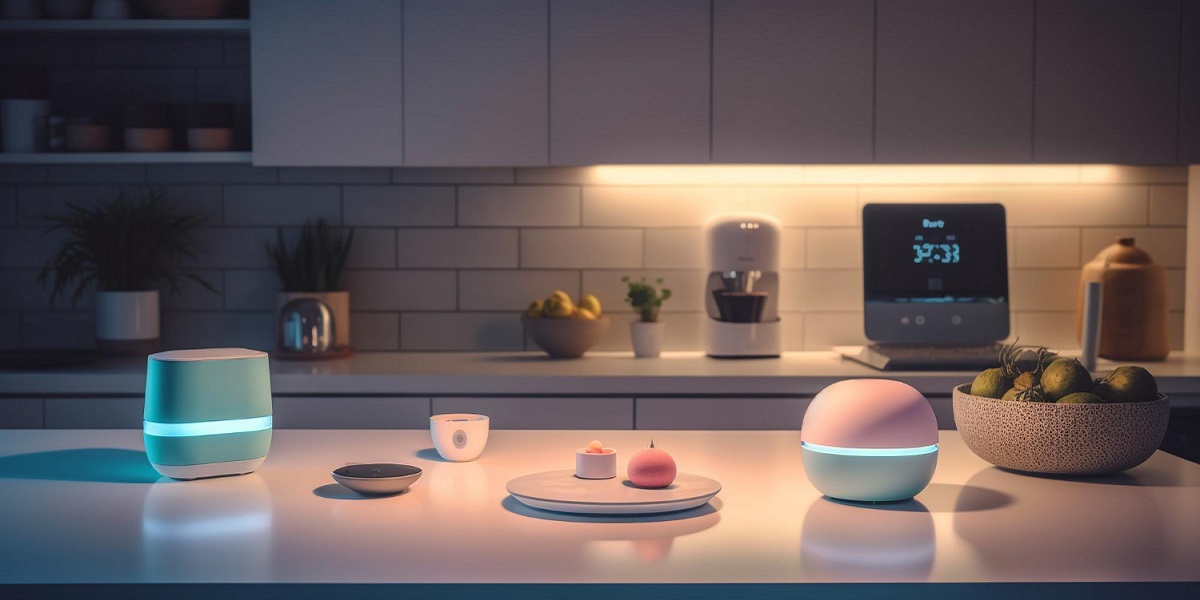
9 Design tips for Designing Exceptional Mobile UX
- By James Wilson
- 21-09-2022
- Misc
The number of mobile users worldwide was 7.1 billion in 2021, with forecasts predicting a rise to 7.26 billion by 2022. Mobile users worldwide are expected to reach 7.49 billion by 2025.
Almost 67% of the world's population owns a mobile device, and it's no surprise that smartphones account for more than 50% of all website traffic!
Designers face the challenge of fitting multiple data points on a smaller screen. Furthermore, designers must keep up with the numerous mobile device structures constantly emerging on the market (i.e., curved screens, notch displays, etc.).
However, don't be misled into thinking that designing for mobile is impossible.
This means that when designing interfaces and focusing on features of a mobile app, UX designers must be more attentive. Here’s what they need to focus on:
1. One-hand convenience/comfort
Most users use their mobile devices with only one hand. This isn't monumentally difficult, but there are a couple of instances where this can get quite challenging for the users.
Design tap targets within accessible regions - specifically, towards the lower-middle part of the screen whenever you can. Your navigation MUST be fixed to the bottom, accessible without getting in the way.
2. Design with accessibility in mind
Disability affects 19% of the world's population. Not only does this represent a sizable percentage of users, but designing with accessibility benefits everyone—not just those with disabilities. You can consider two factors here - Color contrast and Tap Target.
Color contrast describes how easily users can distinguish two different visual elements. A high color contrast ensures that everyone can see our interfaces clearly, regardless of device, font size, or visual impairment.
Some users, particularly those with motor disabilities, have physical difficulties interacting with technological devices, particularly when activating small targets. To ensure optimal clickability, WCAG 2.0 and Google Web Fundamentals recommend a minimum tap target size of 44px2 and 48px2, respectively.
3. Prioritize decluttering
Cluttering a user interface overloads the user with too much information — each additional button, image, and line of text complicates the screen. Clutter is terrible on a desktop but even worse on mobile devices with limited screen space.
A famous Antoine de Saint-Exupéry quote can be applied to mobile UX design: "Perfection is achieved when there is nothing left to take away." Removing unnecessary features from a mobile design is critical because reducing clutter will help your users navigate seamlessly.
4. Avoid long scroll
Long scrolling is an excellent method for keeping users' attention while reading long blocks of text. In other cases, however, studies show that the more we scroll, the more we lose interest or become frustrated.
Using cards with a 'tap to expand' or 'read more' feature or breaking up tasks into screens, try to keep screens as short as possible.
5. Focus on readability
Mobile devices have smaller screens than desktop computers, so fitting a lot of information on a small mobile UI can be difficult. Great UX is provided by good readability combined with other design elements.
6. Analyze your audience
When you begin a new project, it's tempting to go straight to the drawing board and create mockups. However, it is preferable to avoid that temptation to avoid the false-consensus effect (you are not your user).
First, conduct research. Proper research will assist you in understanding who your users are and what they truly require. The aim is to curate an experience that genuinely impacts your target audience.
7. Minimize the need to type
Make data entry as quick and easy as possible. Use choices instead of input fields because selecting from a list of predefined options is more accessible than typing a response. Prefill fields with the most likely default values if possible.
8. Optimize landscape mode
Tablets are most commonly used in landscape mode. Tablets are widely used for various purposes, including PoS (Point of Sale) apps, SaaS (Software as a Service) apps, sketching apps, and more.
When optimizing landscape mode, consider elements that take up too much vertical space, pushing key features wholly or partially outside the viewport.
9. Usability testing
Measuring performance not only demonstrates that we're on the right track but also demonstrates to stakeholders that specific demographics (such as left-handed users, users with disabilities, or even mobile users in general) are worth catering to and advocating for.
When designing mobile devices, clickability testing is critical, especially because some features, such as hover states, behave differently on mobile. This can be accomplished through click map testing or visual affordance testing.
Functional salience testing entails asking users which tasks and features are important to them. This is useful for determining which visual elements to prioritize as screen real estate on mobile devices becomes scarce.
Wrapping up
People today have high expectations from mobile apps. You must work hard to meet these expectations and make your app useful, relevant, and valuable for your users. Improving the user experience is a gradual and continuous process, not a one-time task.
Recent blog

Harnessing Social Media: Tactics For Powerful Marketing Success Achievement
Social Media | 25-07-2024
7 Hidden Secrets of MSI Laptop Boot Menu Key
Technology | 24-07-2024




